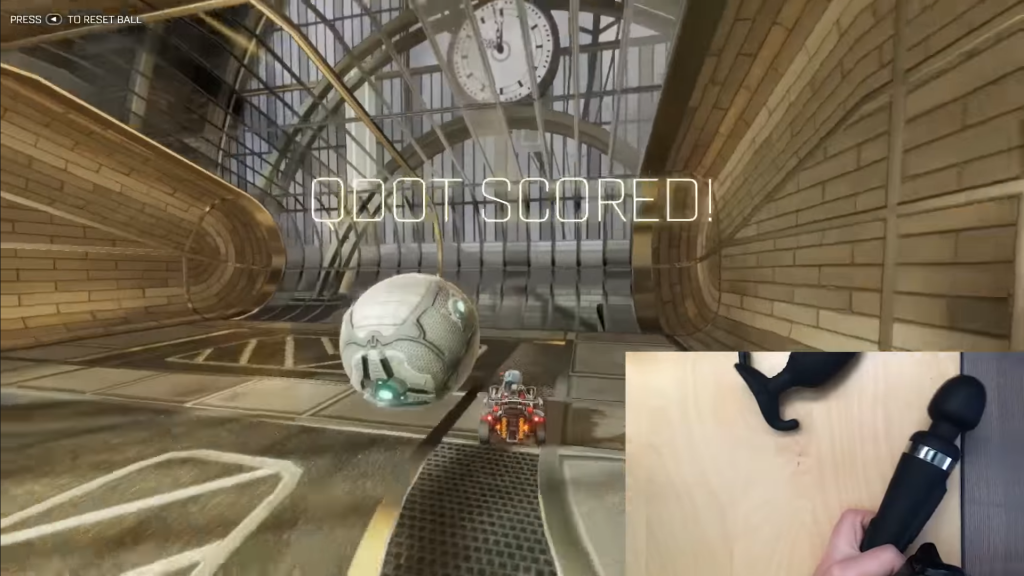Let me be clear.
I do not want to maintain a Bluetooth LE library for any platform, much less as many platforms as possible.
Unfortunately, my circumstances are such that this isn’t a choice I get to make. It’s either build and maintain a library, or depend on whatever I can find elsewhere. There wasn’t, and to this day, still isn’t anything elsewhere that met my needs.
If I do have to build the library, I do not want to do it for free. I also don’t want to support or think about the library, therefore I do not want to do it for pay. As I hate support and divided attention more than I like money (and maybe some poor suckers who also do things for free will show up and help), I am stuck doing it for free.
Thus begins the story of yet another reluctant developer gluing things together until they curse themselves into being an open source maintainer.
Continue reading “How to Beg/Borrow/Steal Your Way to a Cross Platform Bluetooth LE Library”


